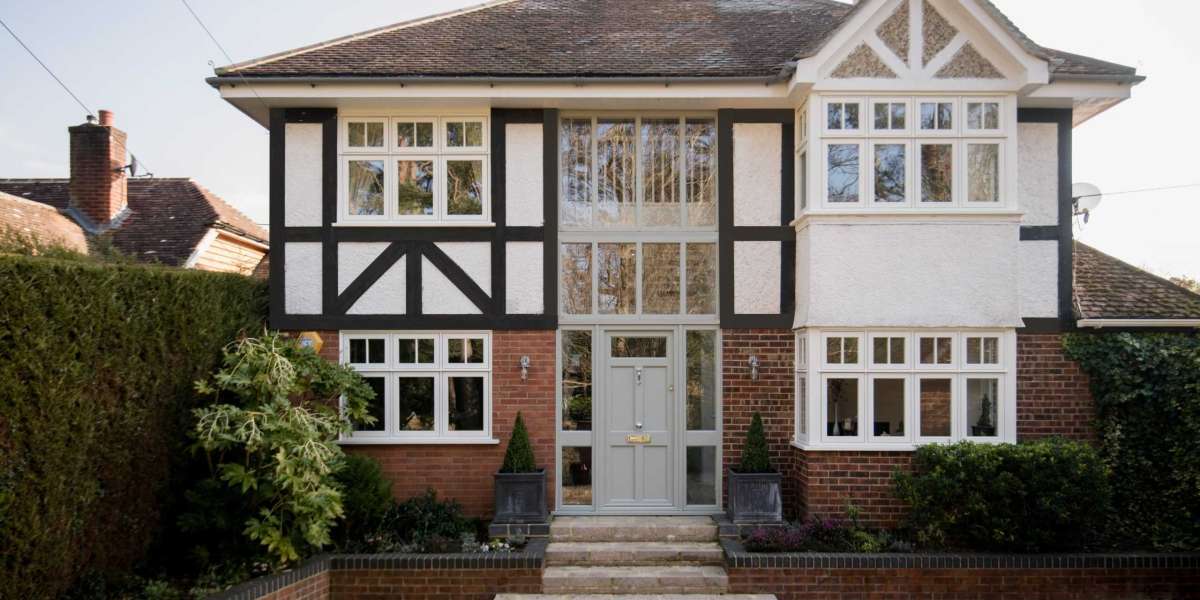Turning a home improvement vision into reality takes more than inspiration—it requires a clear budget and a smart funding strategy. Whether you’re planning a kitchen upgrade, bathroom remodel, outdoor deck, or full home renovation, the path from idea to execution must be guided by a solid financial plan. Many homeowners jump into projects based on excitement or urgency without fully understanding the costs or exploring the best financing options. This can lead to unexpected debt, unfinished work, or projects that go well beyond the original budget. Funding your home improvement the right way means aligning your financial resources with your renovation goals, timeline, and long-term plans for the home.
The first step is turning your vision into a detailed project plan. This means breaking down what you want to achieve, why you’re doing it, and what each part will cost. Start with a list of priorities—what’s essential and what’s optional. For example, in a kitchen remodel, replacing broken cabinetry might be non-negotiable, while upgrading to high-end appliances might be a nice-to-have. Request itemized estimates from contractors, including materials, labor, permits, and timeline projections. Having these figures early allows you to compare your ideal renovation to your actual budget, giving you room to adjust scope before committing.
Next, assess how much you can afford to spend without borrowing. Review your savings, income, and monthly expenses to determine if some or all of the project can be paid in cash. Funding a renovation from savings is the simplest and least risky route—there’s no interest, no repayment pressure, and no impact on your credit. However, you should avoid draining emergency funds or retirement accounts to pay for home upgrades. If you do use savings, set aside a contingency buffer of at least 10–20% of the project total. Renovations often reveal hidden issues—mold, water damage, electrical updates—that aren’t included in the initial estimate.
If using savings isn’t enough, or if you'd prefer to keep your liquid assets intact, financing becomes the next logical step. One of the most flexible tools available is a personal loan. These unsecured loans are ideal for small- to mid-size projects and typically offer fast approval, fixed interest rates, and predictable monthly payments. Since no collateral is required, your home isn’t at risk. The tradeoff is that personal loans tend to have higher interest rates than home equity-based options, especially if your credit score is less than stellar. Still, for projects under $25,000, they provide quick access to funds without tying up property equity.
Home equity loans offer a longer-term financing option, especially for larger projects. This type of loan allows you to borrow a lump sum using the equity in your home as collateral. It typically comes with a fixed interest rate and repayment term, which can make it easier to manage alongside your mortgage. Home equity loans are best suited for big-ticket renovations such as kitchen overhauls, new roofing, or additions that increase square footage. Since the loan is secured, interest rates are usually lower than unsecured alternatives, but defaulting could lead to foreclosure—so it’s important to borrow responsibly and ensure you have a stable income to meet the payments.
A home equity line of credit, or HELOC, offers more flexibility than a home equity loan. With a HELOC, you get a revolving credit line you can draw from as needed, making it perfect for renovations spread over time or projects that evolve as they go. You pay interest only on the amount used, which can keep costs down in the early stages. However, HELOCs generally have variable interest rates, meaning your payments may increase over time. Like home equity loans, they are secured by your property and require strong credit and sufficient home equity to qualify. They work well when you're confident in your ability to manage the variable costs and want to pay only for what you use.
Another option worth considering is a cash-out refinance. This involves replacing your existing mortgage with a larger one and taking the difference as cash to use for your renovation. If interest rates are lower than your current mortgage, this can be a cost-effective way to access significant funds while lowering your monthly payments. The downside is that you're extending the life of your mortgage and may incur substantial closing costs. Cash-out refinancing is best for homeowners planning long-term stays in their current home who want to make substantial upgrades that also improve the property's value.
For energy-efficient upgrades, solar panels, or accessibility improvements, look into specialized government-backed loan programs. The FHA 203(k) loan, for example, is designed for homebuyers or owners looking to renovate and finance the project as part of their mortgage. Similarly, PACE (Property Assessed Clean Energy) financing allows you to borrow money for energy improvements and repay it through property taxes. These programs often offer lower interest rates and longer repayment terms but may come with eligibility requirements or limitations on what types of improvements qualify. They're worth exploring if your renovation aligns with their goals and you meet the criteria.
In some cases, contractor financing may be available. Some home improvement companies partner with third-party lenders to offer loans at the point of sale. These offers often come with promotional interest rates, quick approval, and simple application processes. While this can be convenient, always compare contractor financing terms with what you can get from a bank, credit union, or online lender. Sometimes the ease of in-house financing masks higher rates or hidden fees. Read the fine print and don't sign anything on the spot without understanding the total cost of borrowing.
Regardless of your financing method, stick to a clear, written budget. This should include a breakdown of all known costs, your funding sources, a payment schedule, and a contingency reserve. Budget discipline can mean the difference between a successful renovation and one that spirals into financial stress. Use project management tools, spreadsheets, or apps to track spending in real time. Communicate openly with your contractor about budget limits and set expectations about scope changes. If possible, avoid drawing all your funds at once. Paying in stages—based on work completion—keeps contractors motivated and protects you from delays or poor-quality results.
Finally, always consider the return on investment. Not all renovations add the same value to your home. Kitchen and bathroom remodels, energy-efficient upgrades, and curb appeal improvements tend to yield the best returns when it's time to sell. Highly personalized projects, luxury materials, or niche features may enhance your daily life but won’t always increase market value. Let your goals guide your spending—if you're staying for years, comfort may outweigh resale value. If you're flipping or selling within a few years, stick to upgrades that appeal to a wide range of buyers.
Funding a home improvement project doesn’t have to be overwhelming. The smart approach is to start with a clear vision, match it to a well-planned budget, and choose the right financing tool based on the size and scope of your project. Whether you pay in cash, leverage home equity, or use a loan, the goal is to improve your home without putting your financial stability at risk. With the right planning, you can turn your renovation dreams into reality—and enjoy the results for years to come.



